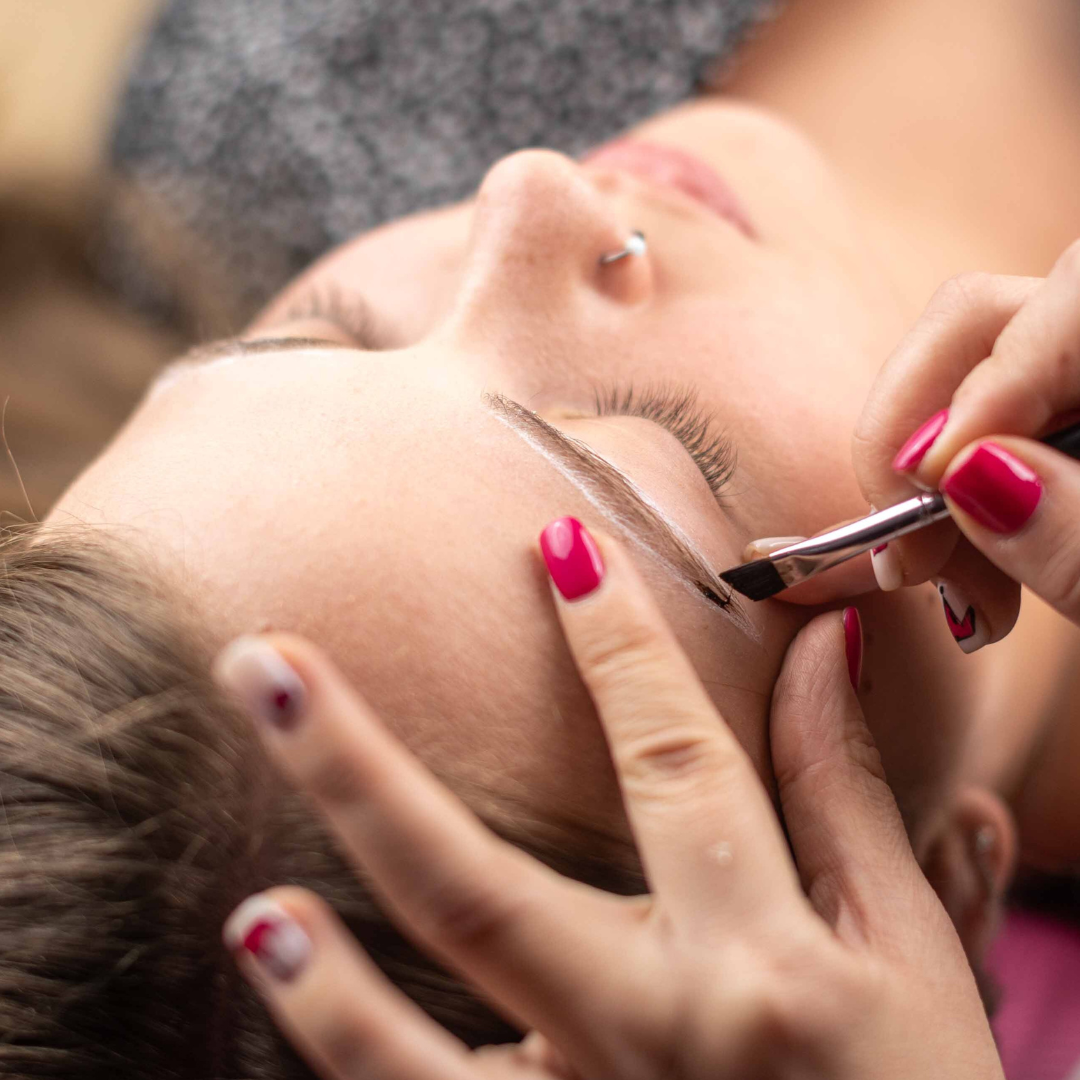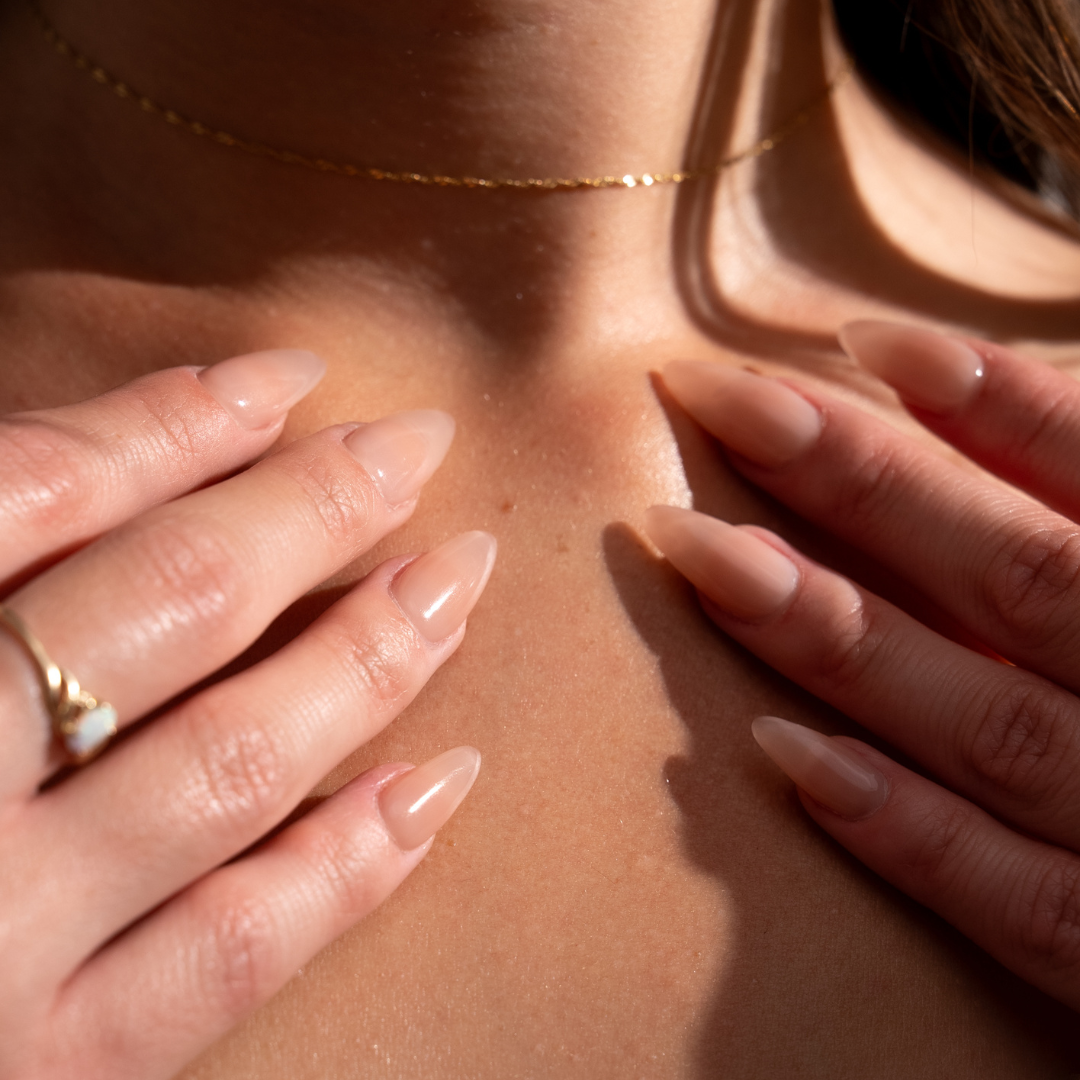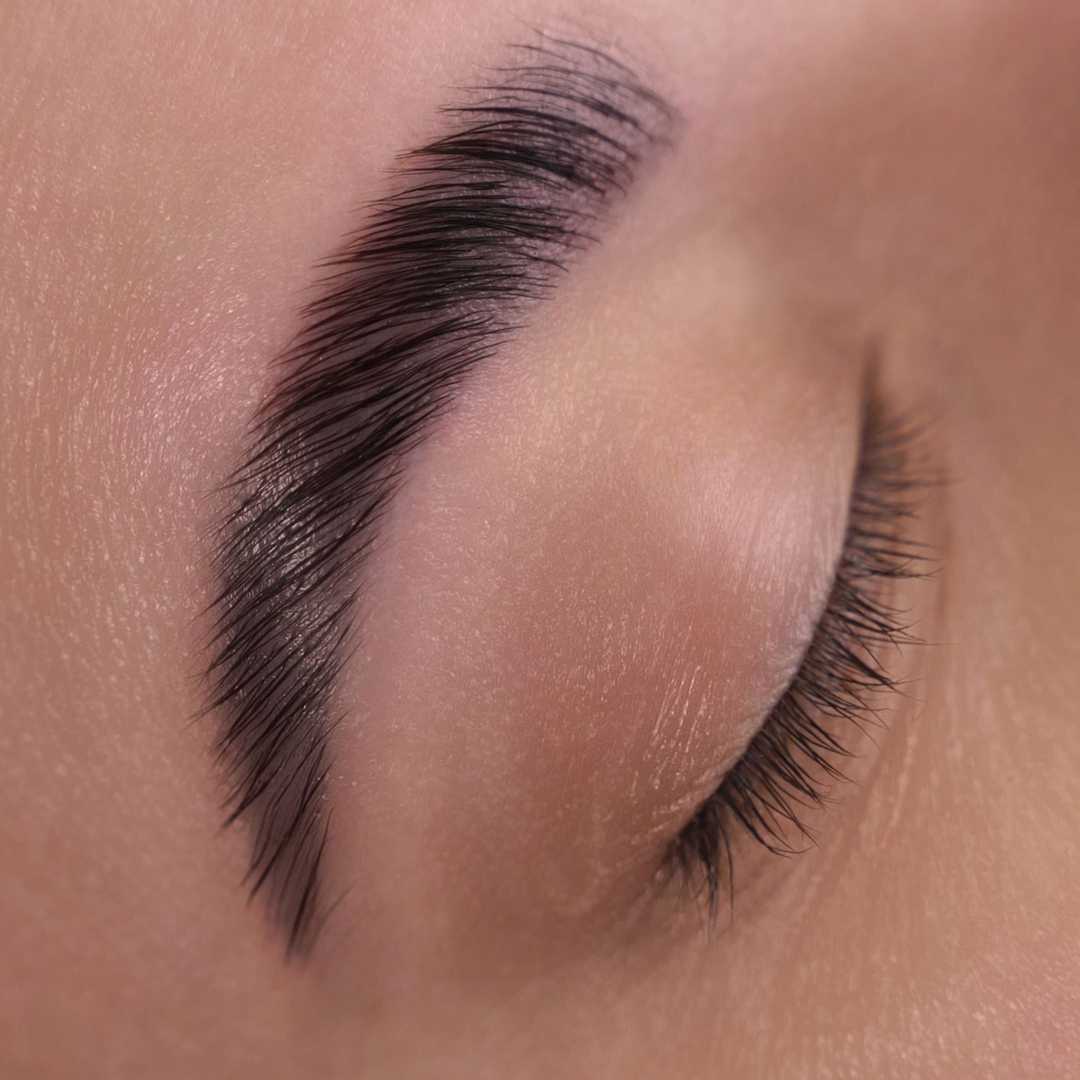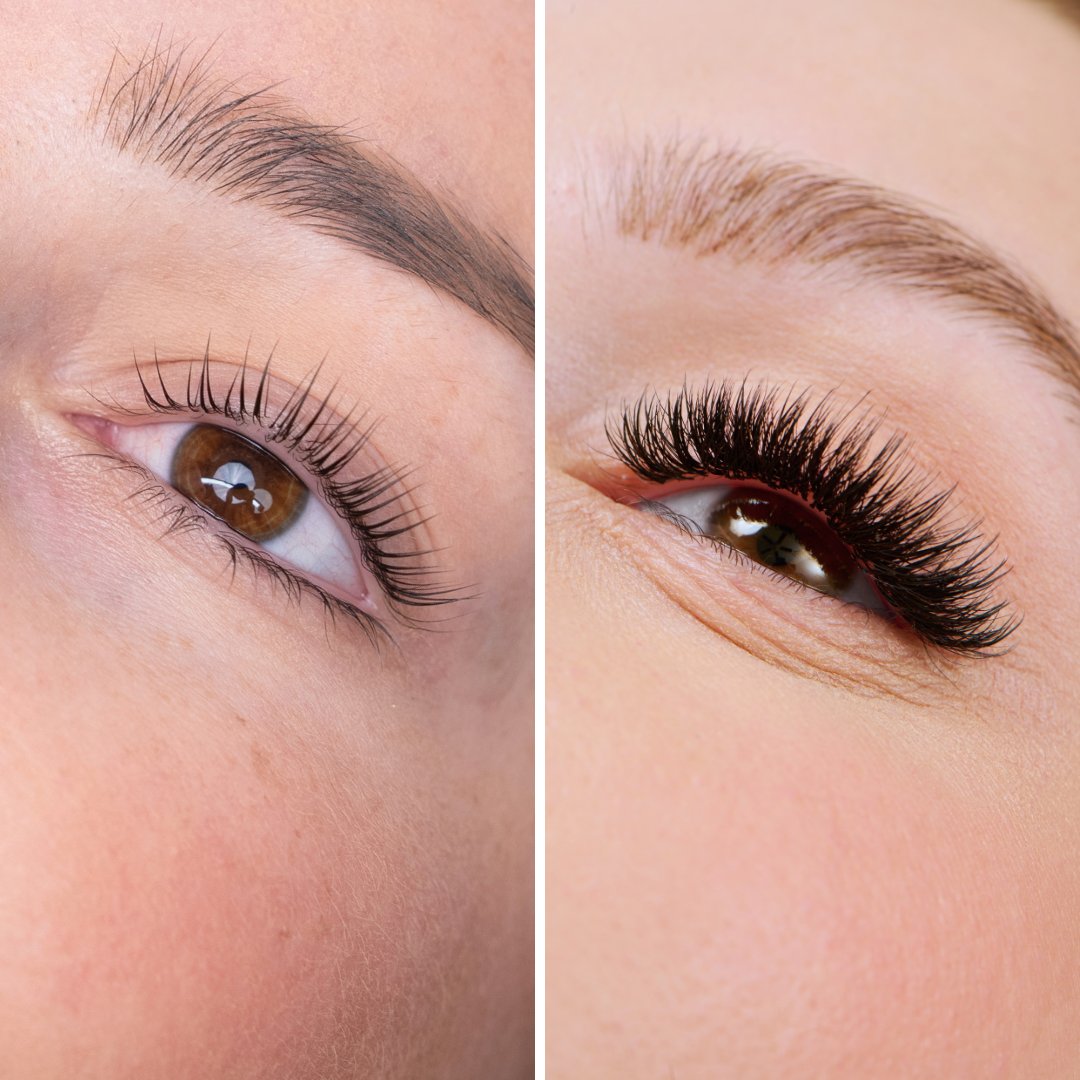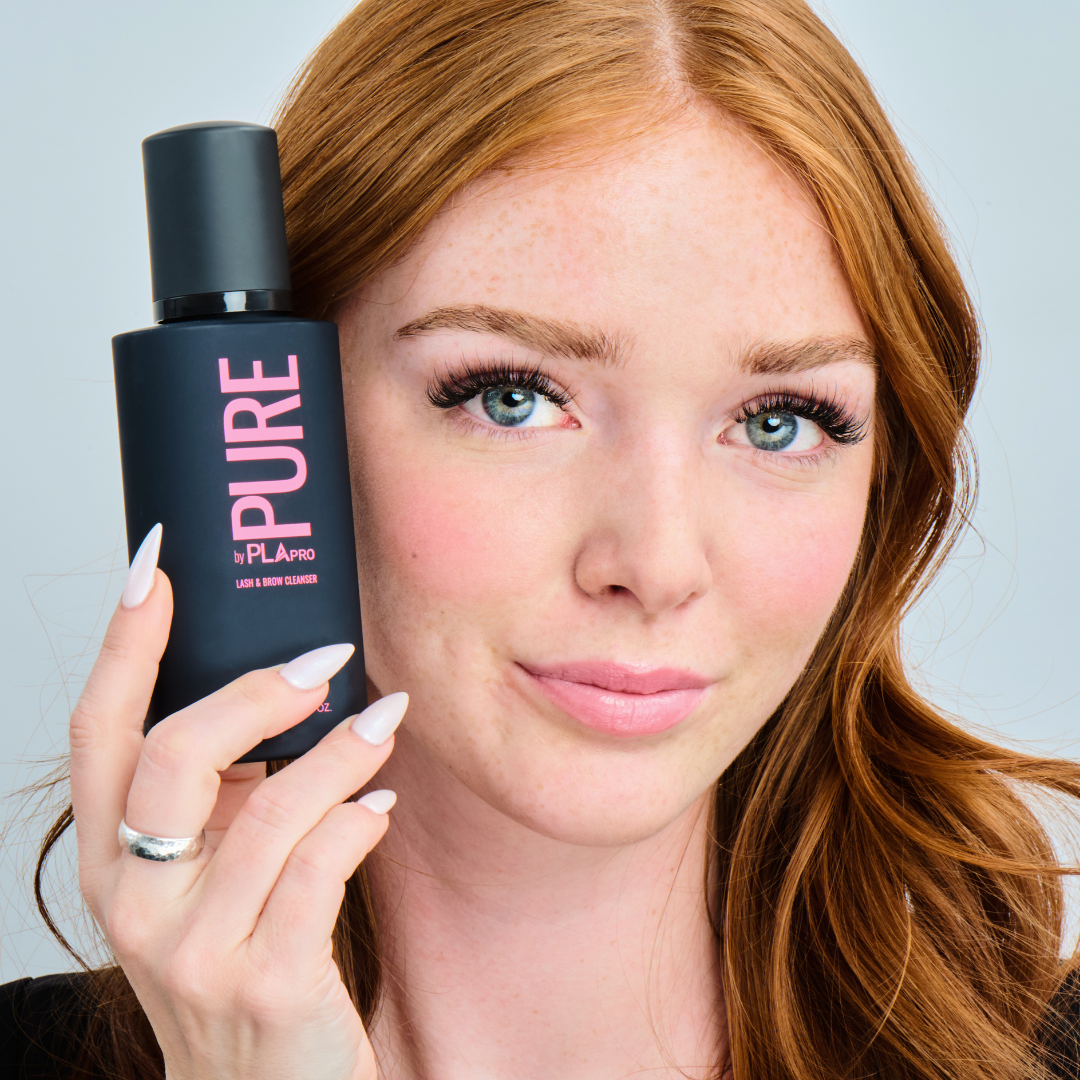Lacquer Nail Polish vs Gel: What is the Difference Between Gel and Lacquer Nail Polish?
Lacquer Nail Polish vs Gel: What is the Difference Between Gel and Lacquer Nail Polish?
Gel polish and nail lacquer are two of the most commonly used polish types in salons and at home, but if you are new to the nail world, you might be wondering what makes them different. While both can deliver beautiful results, they each have their own application methods, wear times, and removal processes.
You might be wondering what is the difference between gel and lacquer nail polish. We’re gonna break down the basics of lacquer nail polish vs gel, whether you’re a client, a beginner nail tech or simply just curious.
Overview of Lacquer Nail Polish
Lacquer nail polish is the OG go-to for everyday manicures. It’s air dry, easy to apply, and widely available in many shades and finishes. This is perfect for quick color changes, lower maintenance wear and great for DIY manicures.
In this section, we’ll discuss what lacquer nail polish is, the pros, and the cons.
What is it?
Lacquer nail polish is what most people think of as “regular nail polish.” It’s an air drying formula that creates a hard film over the nail without the need for curing under a lamp.
Let’s talk about the pros and cons of lacquer nail polish vs gel.
Pros
Let’s start with the pros!
-
Quick and easy to apply
-
No curing under a lamp required
-
Easy to remove
-
Lower cost
-
Gentle on natural nails when applied and removed properly
Let’s move onto the cons of nail lacquer vs gel polish.
Cons
There are a few cons of lacquer.
-
Can take longer to dry (up to 15 mins depending on brand and application)
-
More prone to chipping and wear
-
Typically lasts 3-7 days
-
Less durable for clients who use their hands a lot, like constant hand washing
Overview of Gel Nail Polish
Now that we’ve gone over the facts of lacquer polish, let’s talk about gel nail polish. It’s known for its long lasting, high-shine finish that stays flawless for weeks, and it’s one of those nail tech must-haves, and can be considered a professional nail polish. It’s cured under a UV or LED lamp and it’s a favorite for those who want chip-resistant results and extended wear.
In this section, we’ll discuss what gel nail polish is, the pros, and the cons.
What is it?
Gel polish is a long-wear formula that must be cured under a UV or LED lamp to harden. It’s applied similarly to lacquer – with a base coat, color, and a top coat, but each layer is cured under the light.
Let’s talk about the pros and cons!
Pros
-
Long lasting (can wear up to 2-3 weeks with minimal chipping)
-
Instantly cures under lamp – no smudging
-
High-gloss
-
Great durability
-
Ideal for nail art and layering techniques
While there are many pros to gel polish, are there any cons? Let’s get into it.
Cons
-
Requires a curing lamp and specific tools
-
Needs to be soaked off with acetone or professionally removed
-
Can damage the nail plate with improper application and removal
-
More expensive than lacquer
Lacquer Nail Polish vs Gel: What is the Difference Between Gel and Lacquer Nail Polish?
Now that we have covered the basics and fast facts of nail lacquer vs gel polish, let’s compare the two and compare them side by side in some key areas.
Application Process
The process of application for nail lacquer vs gel polish have some similarities, but there are some key differences that set the two apart. Similarly, both application processes include prepping the nails, applying base coat, applying polish, and applying top coat.
-
For lacquer, no lamp is required for the drying process which makes the application process simple and quick, but the drying time can take much longer, as the polish has to air dry.
-
Gel polish requires a lamp to cure each coat (base coat, color, top coat), so the application process can take longer, but you don’t have to sit and wait for your polish to dry afterward, as it is completely dry once cured under the lamp.
Staying Power
Between lacquer nail polish vs gel, a key difference is in the staying power.
-
Lacquer is more prone to chipping early on, and can last up to a week before showing signs of wear.
-
Gel polish can stay chip free for up to three weeks, depending on application and aftercare.
Removal Process
Another key difference between lacquer nail polish vs gel is in the removal process.
-
Lacquer is easily removed with a cotton pad and standard nail polish remover.
-
Gel polish, on the other hand, must either be soaked in acetone, or filed off completely. Ideally, gel polish should be removed by a professional to avoid nail damage.
Appearance and Finish
Both lacquer and gel polish standard top coats offer a glossy or shiny finish, but there can be some noticeable differences.
-
Lacquer polish typically has a thinner consistency, and a more natural looking finish. Lacquer can also lose some of its shine after a few days.
-
Gel polish delivers a thicker, glossier finish that maintains its shine. The cured layers give gel a more durable, high-gloss appearance that looks freshly done for longer.
Damage and Nail Health
Now let’s talk about what is the difference between gel and lacquer nail polish in terms of damage and nail health. Both can be safe or the natural nail when applied and removed correctly. Proper nail prep, gentle filing, and following the correct removal process are key to maintaining nail health.
Gel polish, in particular, can cause issues like thinning or brittleness if the nails are over-filed during prep, or if the polish is peeled off, rather than soaked off properly. Repeated improper removal can weaken the nail plate over time.
With good technique and proper aftercare, both types of polishes can be part of a healthy nail routine.
PLApro Tip: Using cuticle oil daily or taking occasional breaks between manicures when your nails are feeling weak or dry, can maintain strong, healthy nails. Consistent hydration and care go a long way in preventing brittleness, regardless of using lacquer nail polish vs gel.
Cost Considerations
Whether you’re a nail tech or a mani lover, one thing to consider when thinking about lacquer nail polish vs gel is cost.
-
Lacquer is more budget friendly and doesn’t require any special tools for application. Lacquer manicures are more budget friendly, as well.
-
Gel polish involves a higher price point overall, with product being more expensive, to manicures costing more.
So, is Nail Lacquer Better Than Gel or Vice-Versa?
So between nail lacquer vs gel polish, is one better than the other? There’s really no one size fits all answer. The truth is, it depends what you’re looking for, your lifestyle, preferences and how much maintenance you are comfortable with. Both polish types have their strengths, and the better option between the two is whichever fits your needs.
Nail lacquer might be better for you if:
-
You are looking for something that is easy to apply and remove
-
You enjoy changing colors often
-
You are looking for a more cost effective manicure
-
You want a simple and easy at-home manicure option
Gel polish might be a better fit for you if:
-
You are looking for a long lasting, low maintenance manicure option
-
You work with your hands frequently
-
You want nails that are smudge-proof immediately after your appointment
Have a hard time choosing or just want to try both? Start with a gel and lacquer combo.
Stock Up on All Your Nail Tech Staples at PLA!
Whether you prefer gel, lacquer, or both, PLA has everything you need to keep your nail game strong. From professional nail supplies to acrylic nail supplies, tools, removers and more, we carry the essentials that professionals rely on. As your trusted nail supply wholesale provider, we are proud to offer high-quality products at competitive prices so you can keep your salon stocked.
Wrapping Up Our Comparison of Nail Lacquer vs Gel Polish
Both gel polish and lacquer each have their strengths — lacquer is easy to do at home, more cost effective & simple, while gel is long-wearing and less likely to chip. Knowing the differences helps you choose the best option for you (or your clients) based on lifestyle, nail health, and desired results.
No matter which formula you choose, technique and aftercare make all the difference.





